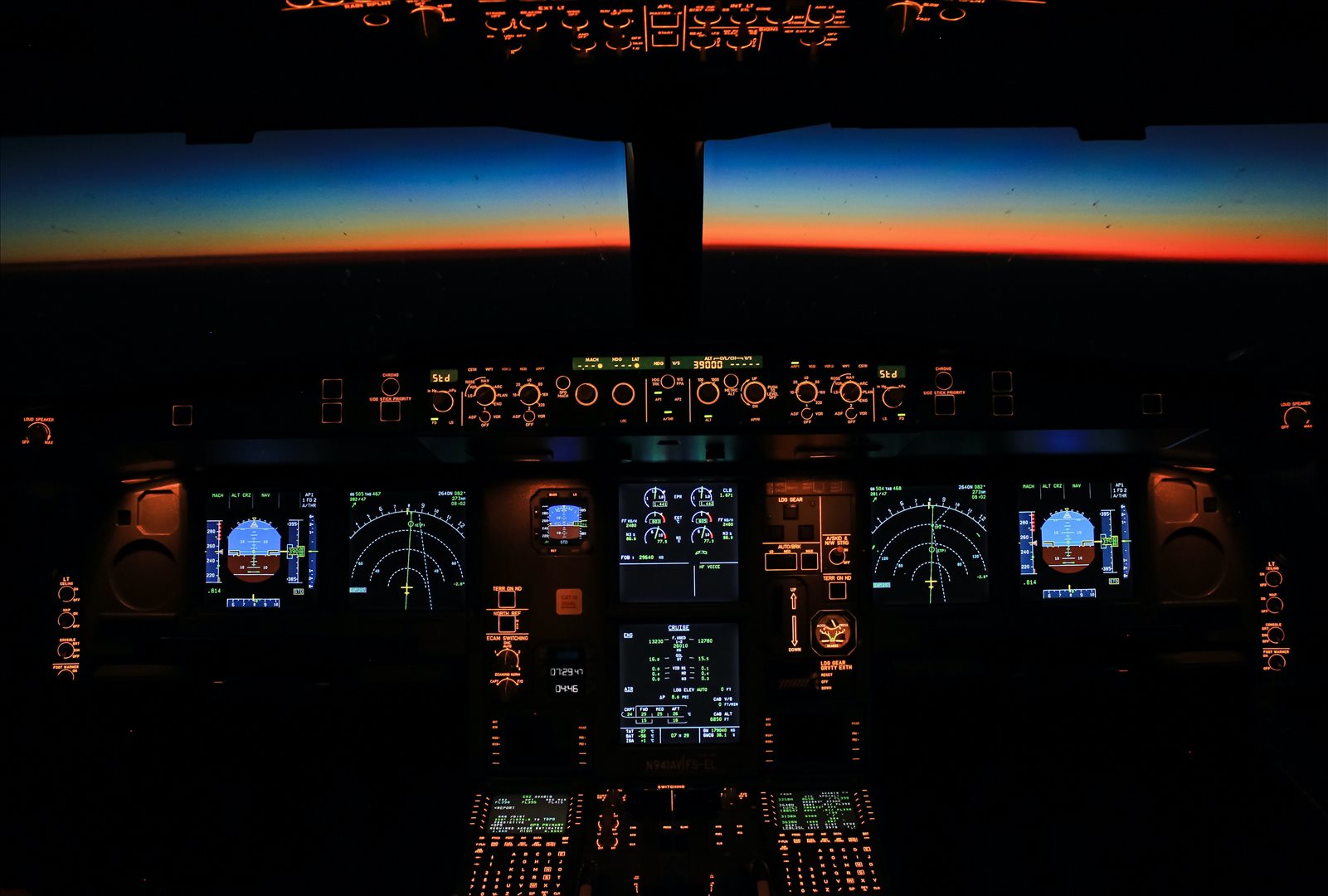
Note: This is a guest post written by Oliver Stanton – The aviation industry is always evolving, driven by a continuous search for security, effectiveness, and sustainability. Several disruptive technological trends have taken flight in recent years, revolutionizing the way people travel and altering the future of aviation.
Electric and Hybrid Aircraft
The emergence of electric and hybrid aviation is one of the most prominent trends. These planes provide a ray of optimism as the globe deals with the negative environmental effects of aviation. Companies such as Boeing and Airbus are making substantial investments in electric and hybrid engine technologies, which promise cleaner and calmer flights. These inventions promise to dramatically lower the industry’s carbon footprint.
Autonomous Systems and AI
AI is revolutionizing several elements of aviation, from automated cargo delivery drones to AI-powered air traffic control systems. In-flight AI technologies improve safety by detecting and minimizing possible problems, while autonomous ground vehicles streamline airport operations.
Sustainable Aviation Fuels
Sustainable aviation fuels (SAFs) are required to reduce aviation’s environmental impact. These SAFs are by-products of renewable sources. They have the potential to significantly reduce carbon emissions. Airlines are now increasingly using SAFs, which is a huge step towards greener aviation. Alaska Airlines has announced a partnership with Shell Aviation to help increase the Pacific Northwest’s sustainable aviation fuel industry.
Urban Air Mobility (UAM)
The idea of urban air mobility is gaining popularity. Electric vertical takeoff and landing (eVTOL) planes have been designed to help reduce urban congestion by providing on-demand, direct air travel within cities. UAM has the potential to transform urban transport by lowering traffic and reducing travel times.
Cockpit Advanced Technologies
Technology advances in the cockpit are aimed at improving pilot choices and flight security. Pilots can travel more effectively and safely because of improved flight management systems, real-time weather information, and augmented reality displays. United Airlines is a leader in pilot technology, which improves flight safety and efficiency.
Advanced Materials and Lightweight Structures
Materials science developments have resulted in the invention of lighter and stronger substances. Carbon composites and thin alloys are increasingly widely used in the manufacture of airplanes. These materials not only save fuel but also improve the entire aircraft’s efficiency. This trend is expected to continue, with researchers investigating nanoparticles and 3D printing techniques to improve airplane components.
In conclusion, the technical evolution of the aviation sector is altering air travel. Electric aircraft, artificial intelligence, sustainable fuels, unmanned aerial vehicles, cockpit innovations, and cutting-edge substances all promise a more sustainable, safer, and more effective future.






